DANIEL MENDOZA
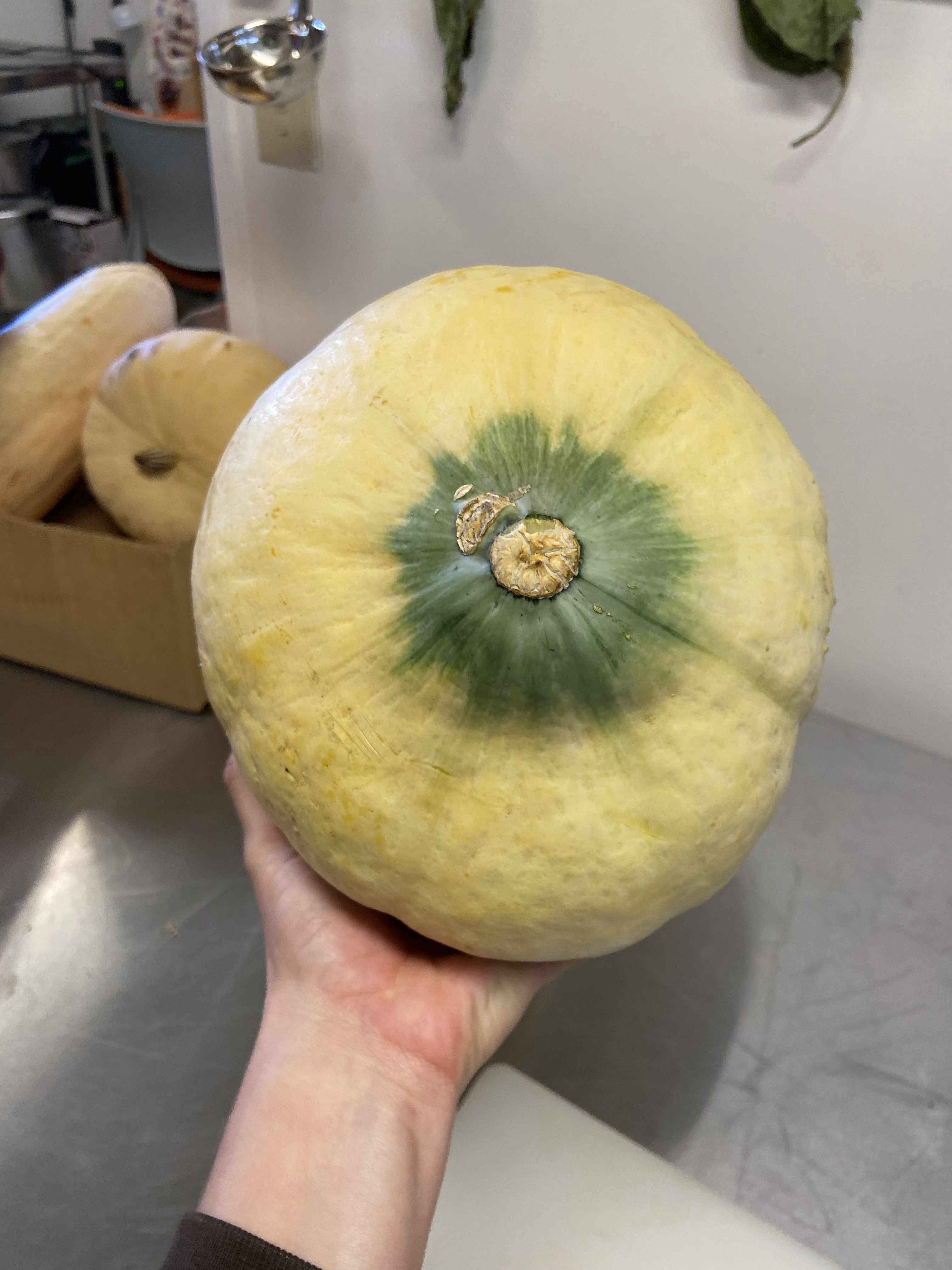
|
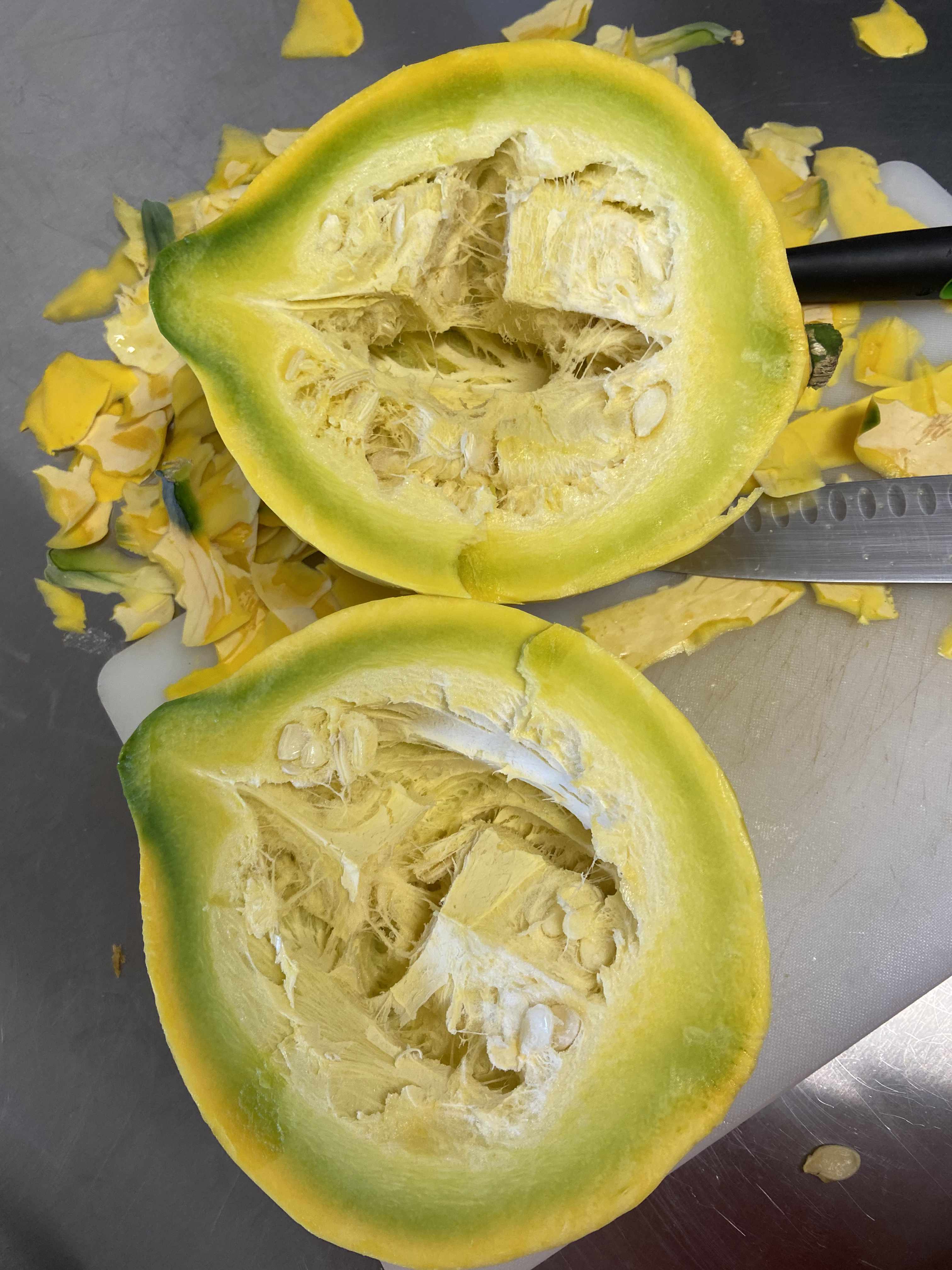
|
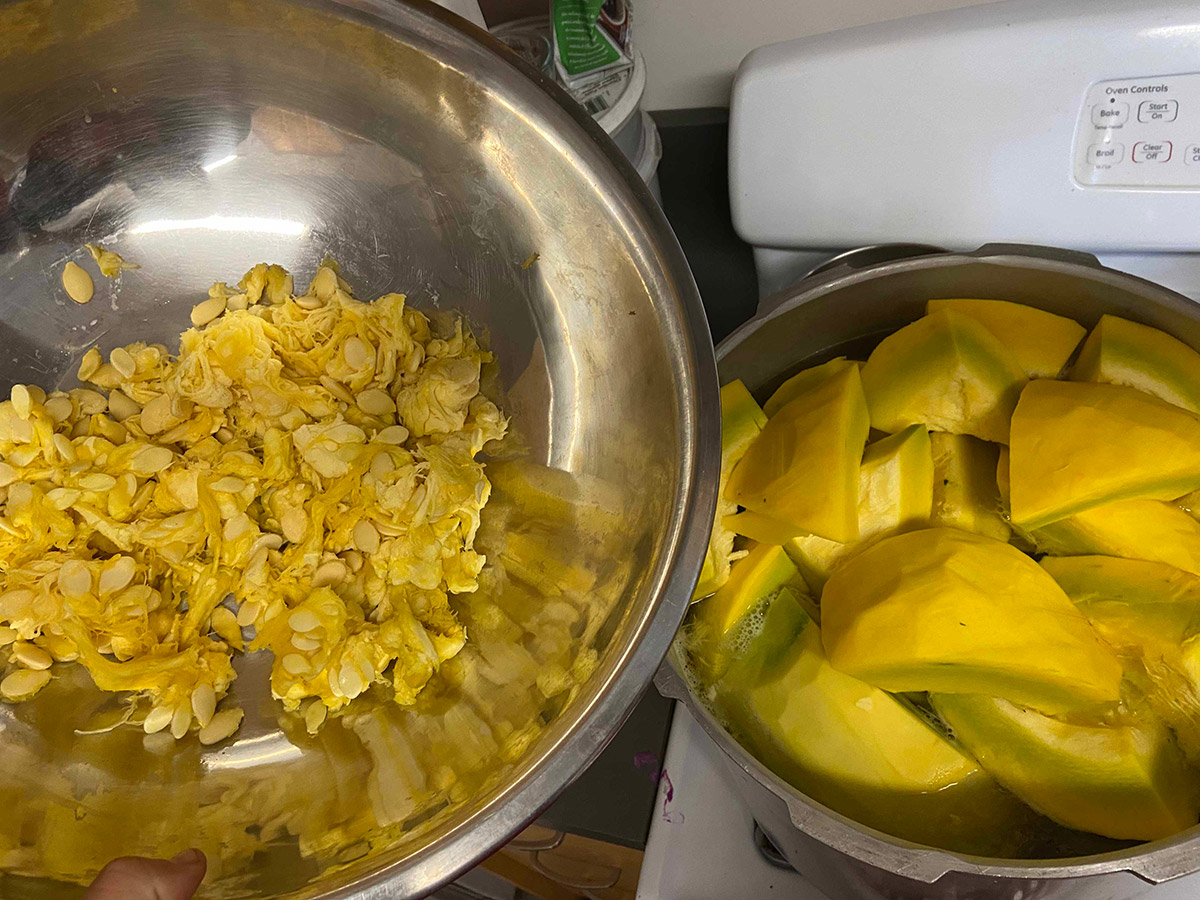
|
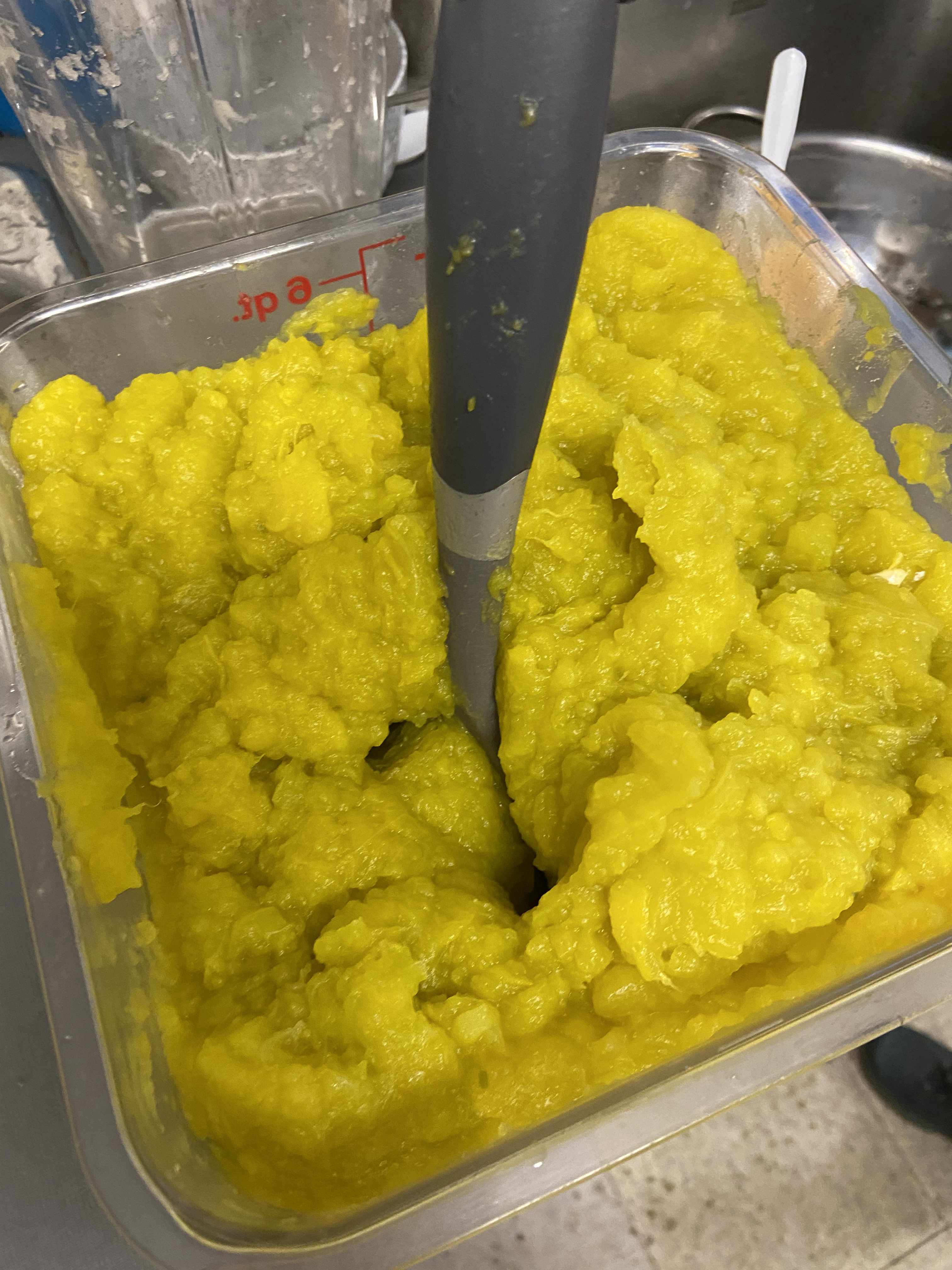
|
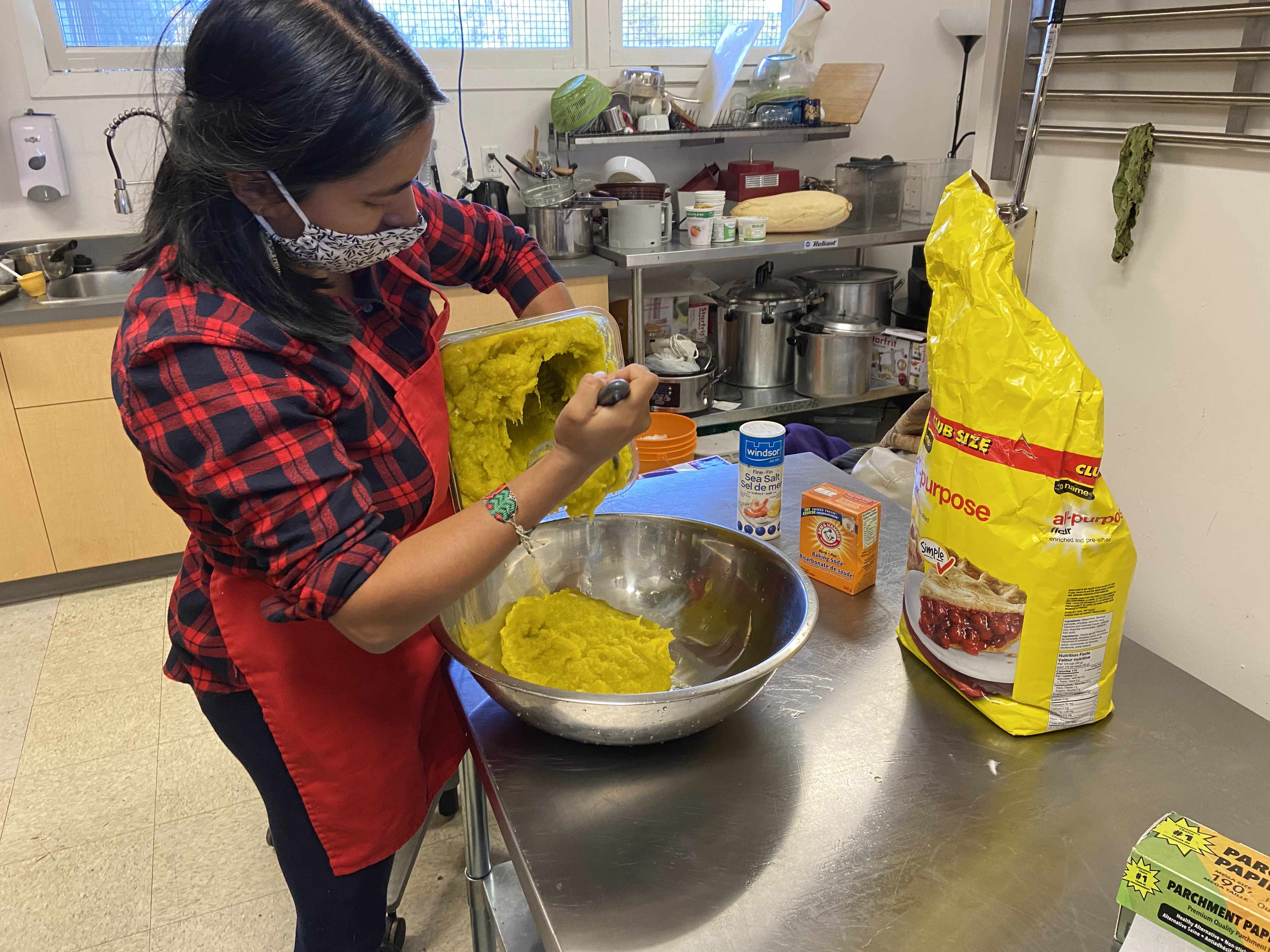
|
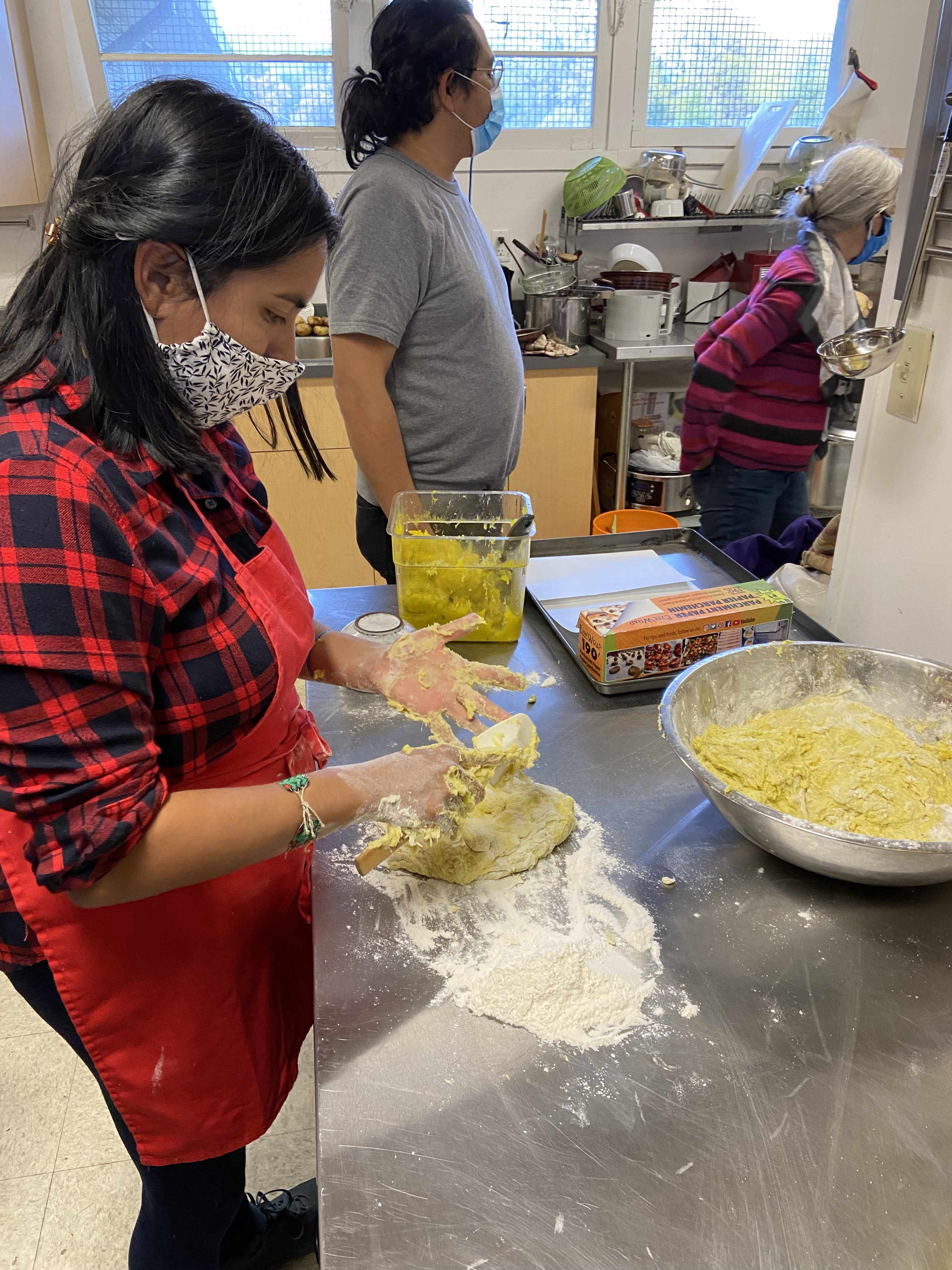
|
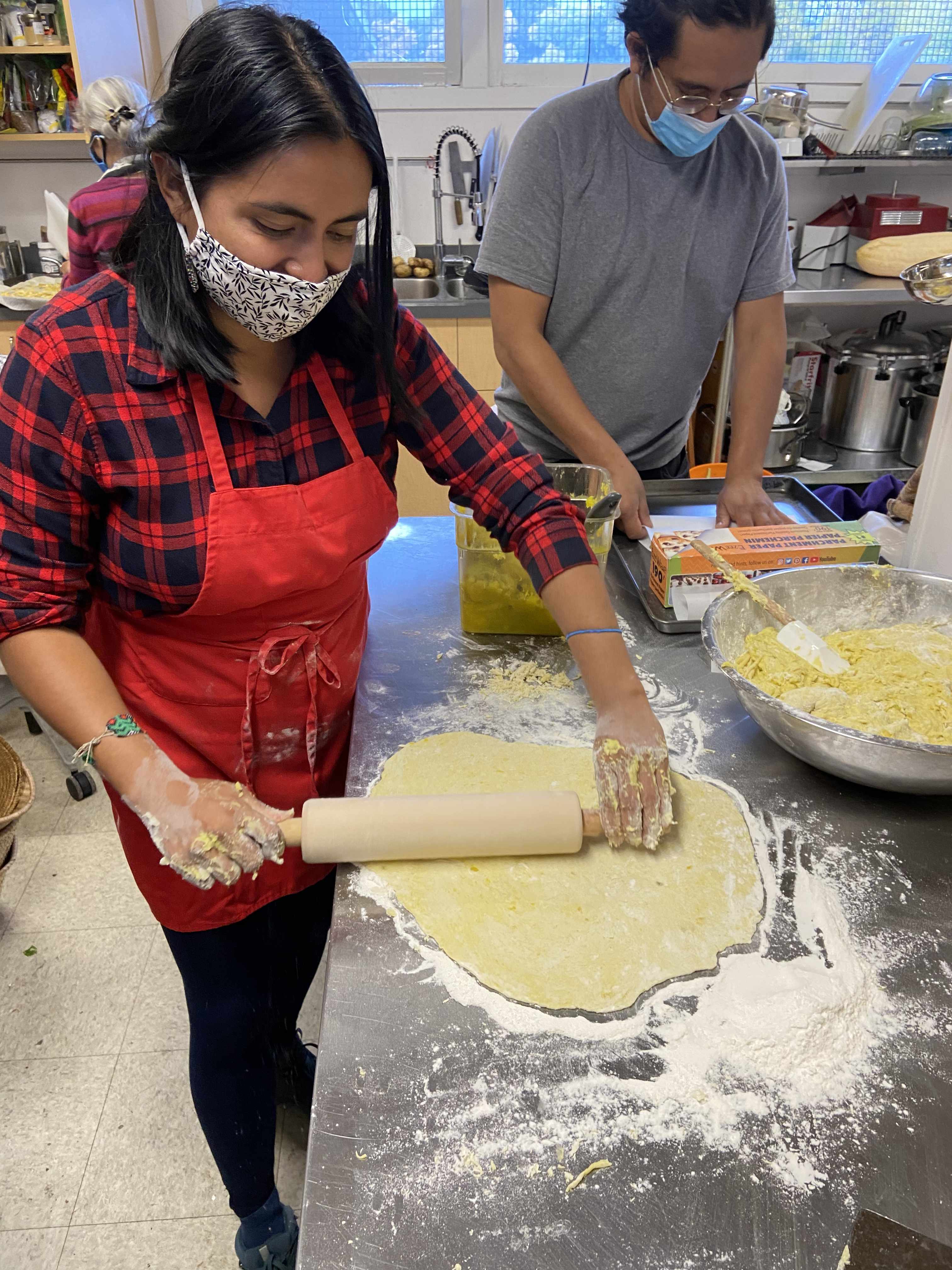
|
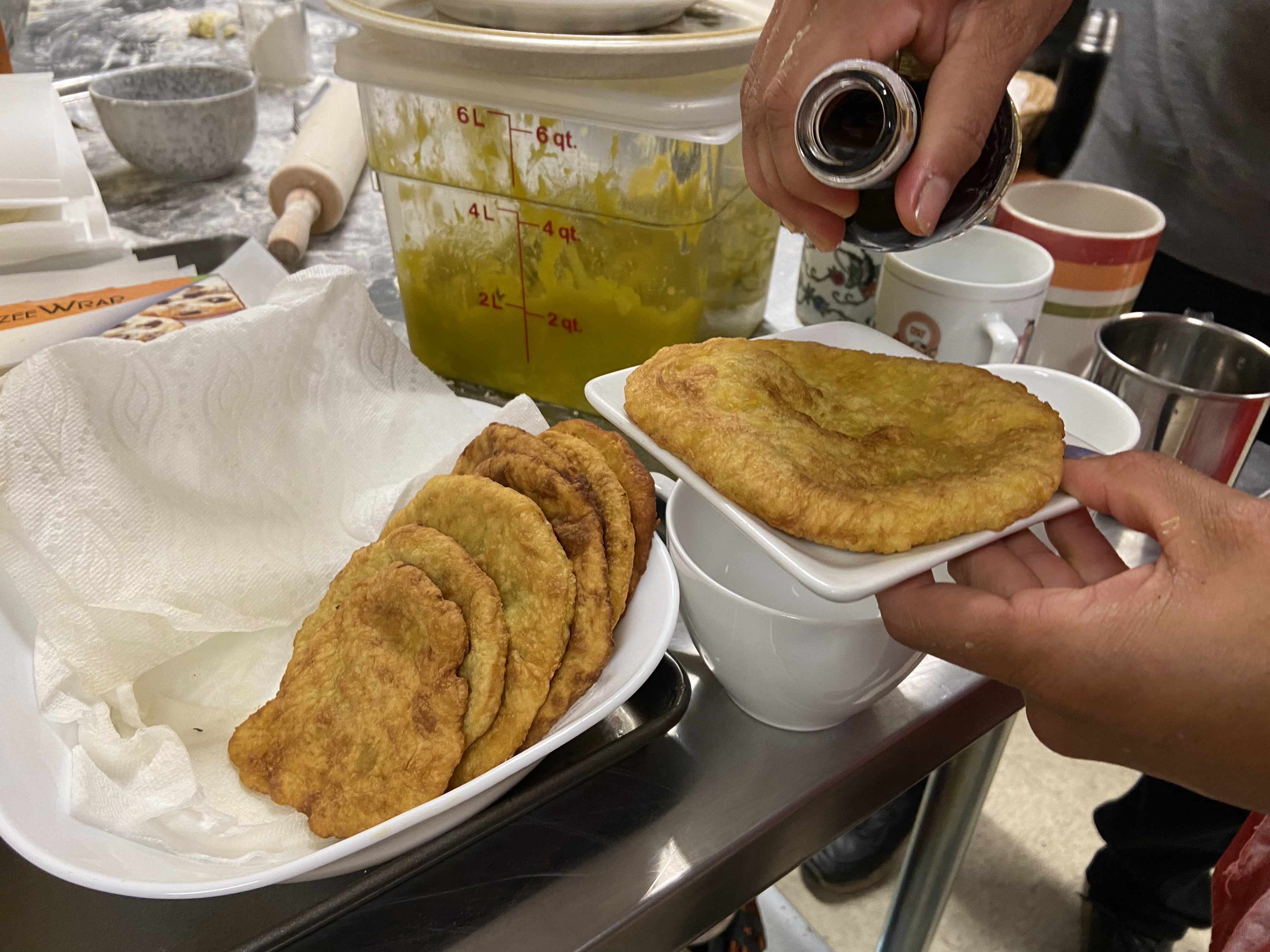
|
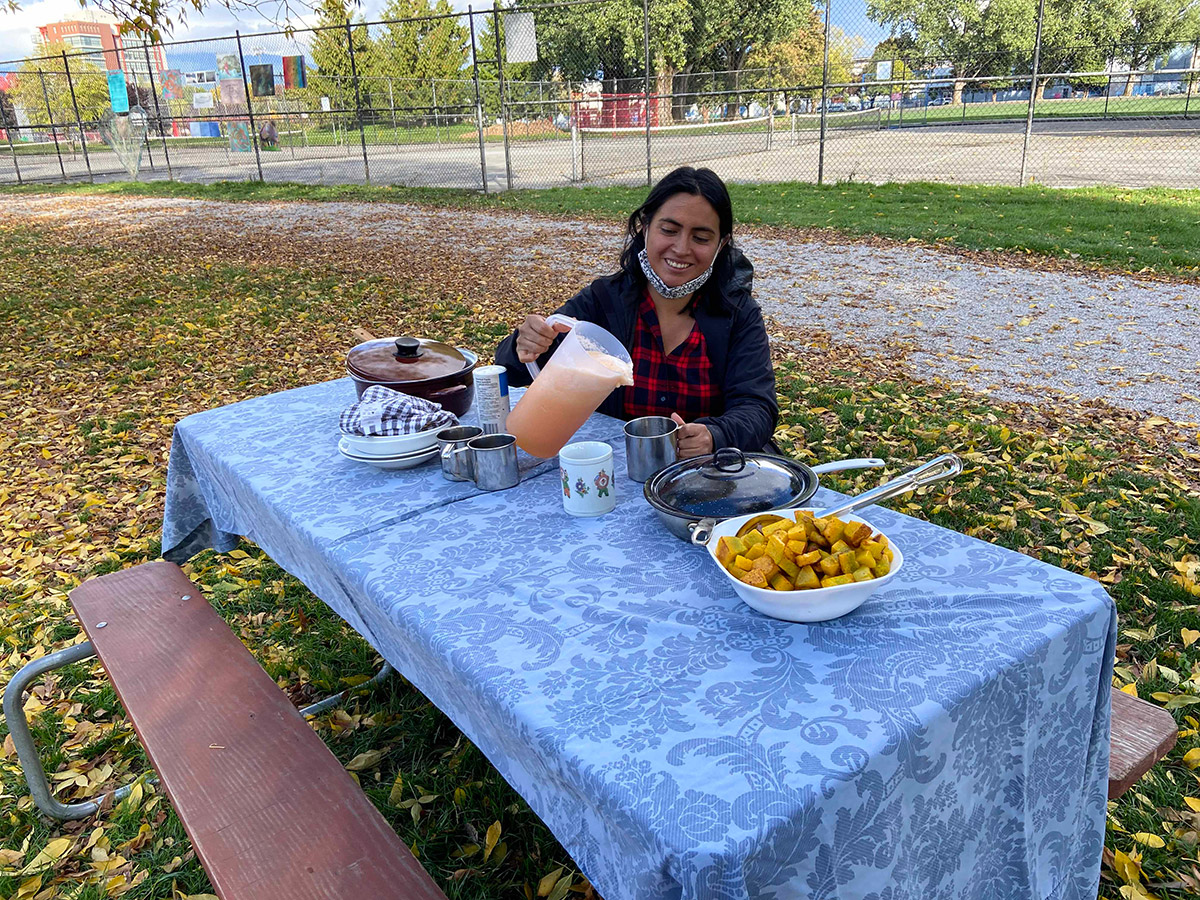
|
Daniel and Ingrid led a squash bannock workshop at the Food and Freedom School Field House in Strathcona Park. The workshop was followed by a community meal.
Daniel has been involved in promoting Indigenous sovereignty in relation to land and justice for the families of the enforced disappearance of 43 students from Ayotzinapa, Mexico. Daniel worked in solidarity with the Zapatista National Liberation Army to support the National Plebiscite for Peace and Democracy. He was born in a campesino peasant farming family and had the privilege of growing up in the milpa on the ancestral indigenous land of his family in the town of Texcaltitlan ( Nahuatl: texcalli- “rock”; titla- "among", “among rocks”.) Daniel was a child of an illiterate mother with a vast knowledge of her language and cultural knowledge in relation to medical plants. He learned the importance of traditional medicines for those who cannot afford health care in a country where kids still die of a common gripe. Arriving at Coast Salish territories he joined the Latino-American diaspora that is committed to build new relationships based on equality, solidarity and social justice, he joined the Organizing Center for Social and Economic Justice where he learned that even in imperialist countries there is hunger and injustice for Agricultural Migrant workers.